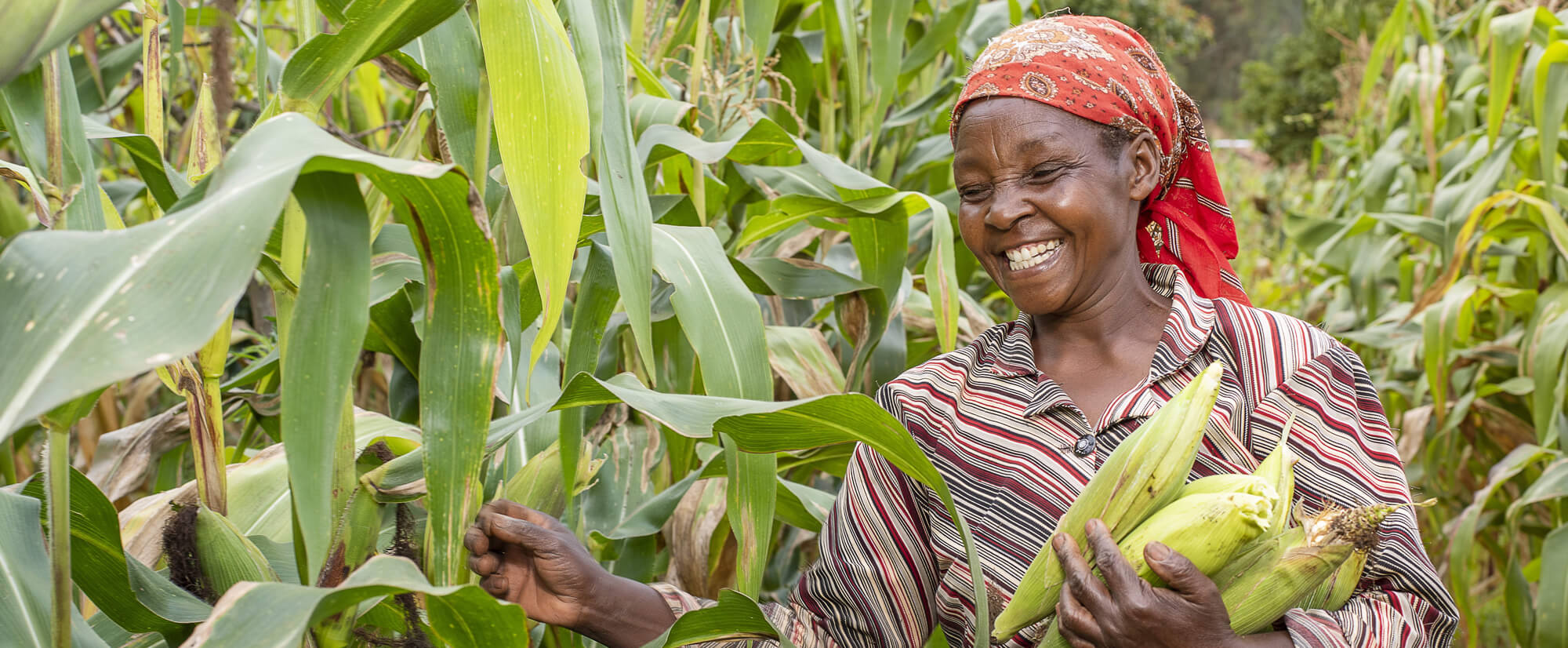Part 1 – Financing adaptation and resilience to climate change: why it matters
After two hurricanes hit Honduras in as many weeks, let us pause to think about how climate change is impacting humans all around the world. Disasters destroy people’s assets, consume their resources and push families into poverty and trap them there. These impacts fall disproportionately on women and girls whose quality of life suffers as the surrounding environment deteriorates.
Poor people have fewer choices and must rely more heavily on the Earth’s natural resources – burning wood for energy, growing crops in an unsustainable manner, degrading the environment and releasing sequestered carbon, all of which damage ecosystems. It’s no coincidence that Africa is home to 600 million people that rely on rain-fed agriculture, and that a major share of the continent’s greenhouse gas (GHG) emissions come from land use, degradation and deforestation.
If we don’t address adaptation and resilience, we will not be able to achieve net zero emissions.
Wealthy nations have focused on mitigation as a means to reduce emissions and limit average temperature rises to well below 2°C. This is essential, and while our combined action continues to fall short of targets, developed economies have created a wide range of policies and measures that have made renewable energy and low carbon development increasingly attractive. These include emissions caps and trading schemes, cost-reflective energy tariffs, carbon taxes and levies, and the removal of fossil fuel subsidies. These policies have created reliable sources of finance to stimulate private sector investment in mitigation and development of low carbon technologies, and have achieved some success in addressing the GHG emissions stoked by consumption of goods and services.
Climate adaptation has not fared so well, however. For various reasons, and despite commitments to place adaptation on a par with mitigation, very few polices and measures that support adaptation are in place, and reliable or sustainable sources of finance to support investment in adaptation are fewer still. Only the Adaptation Fund(link is external) and the Green Climate Fund routinely provide financing for adaptation, mostly in the form of grants to the public sector. Wealthy countries have so far failed to adopt measures to contribute towards the costs of adapting to the impacts associated with the GHG emissions caused by the purchase of goods and services. Doing so will be critical, because without human adaptation and resilience to climate change, achievement of net-zero emission goals is far less likely, as is halting climate migration and radicalization.
In short, governments need to develop policies and measures that contribute to the costs of adaptation, for example implementing an adaptation levy on goods and services. We have found multiple ways to pass mitigation-related costs on to consumers and must do the same with costs associated with adaptation.
 English
English
 Français
Français 
